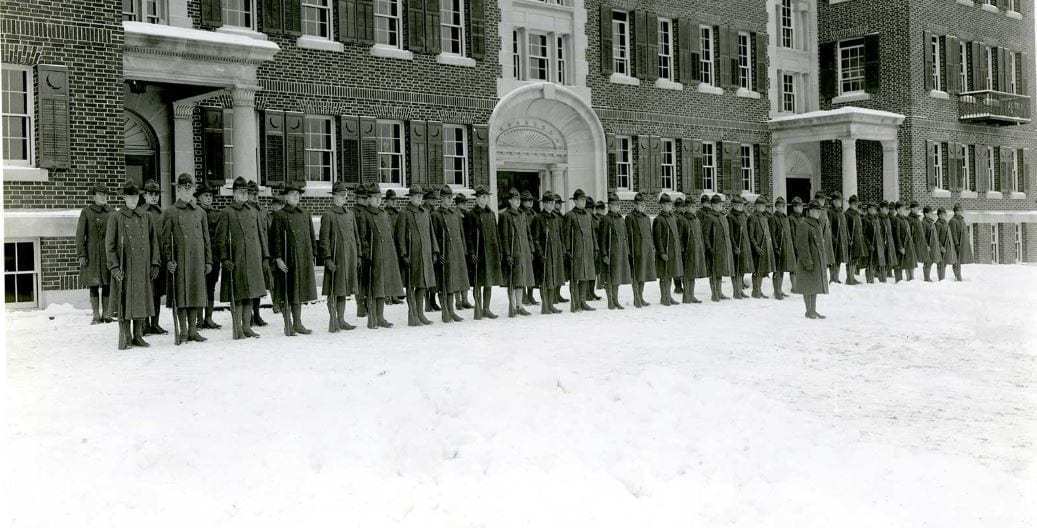Methods
Source– What’s in the Archives?
This timeline consults materials in the Archives and Special Collections of Amherst College Library. We specifically focus on the disasters recorded in the student publications as a valuable alternative narrative to the official college timeline published on the bicentennial website. The Amherst Students (1868 – 2020), The OLIO, The Jeff, The Indicator, and Sabrina are the major student and alumni publications we have used as sources. Besides, sources about disasters related to The Civil War, WWI, and WWII are in the Amherst War Archive, which supplemented our perspectives in understanding the scope of damages wars had to the college community.
Categories– How do we classify disasters?
We classify disasters into six types:
- Demonstration— any social unrest created through a gathering of people expressing similar interests or concerns; impacts through social movements and social changes
- Disease— any public health crisis marked by a highly contagious and/or severe disease
- Fire— intentional or accidental fire on people and properties; must be the primary cause of the disaster instead of a complication
- Infrastructure— intentional or accidental damage to the normal function of infrastructure (except fire); may cause further energy shortage or financial burden
- Severe Weather— unexpected or extremely severe weather conditions causing loss or damage to people and properties
- War— a state of armed conflict between different nations or states or different groups within a nation or state
In principle, we classify a disaster into one and only one type. Disasters marked by different types are segmented into smaller, more descriptive units.
Definition– What makes it a disaster?
You may refer to our definition, qualification, and evaluation of disaster on the “Disasters, an Overview” page.
Time– How is the time duration of a disaster calculated or represented?
In general, disasters do not always have a starting or ending point. Sources we use sometimes only record the “duration” of a disaster– we understand this is subject to error, too. We give our best estimate through
- Looking for the last report on the incident, or the second-to-last report on its aftermath
- Matching our information with the official college timeline, if applicable
- Matching our information with the “bigger picture” disasters if the incident echos a nation-wide or worldwide disaster.
